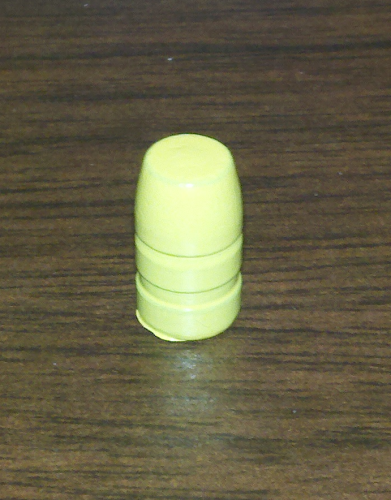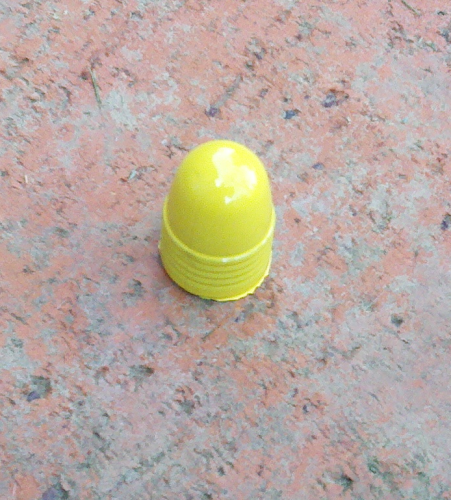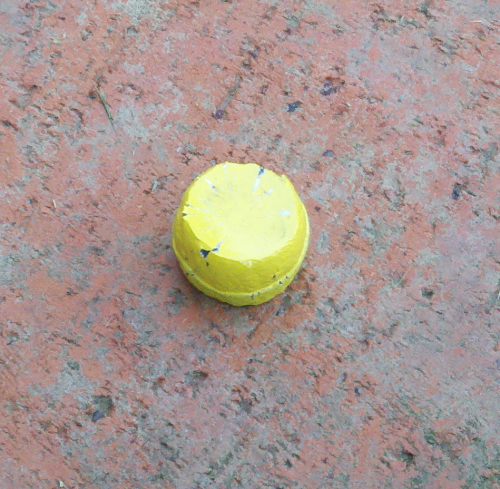Has anybody tried curing the poly powder-coat with infrared lamps? Seems like it would work, and a lot cheaper than buying another oven. And if Rick459's experiment works out, it could be simpler still: spray, let cure for a week, load! This is getting very, very interesting.

|
   
   
|


|



 Reply With Quote
Reply With Quote













